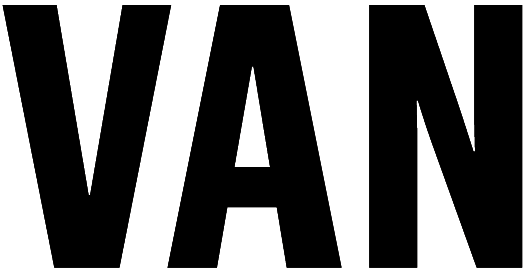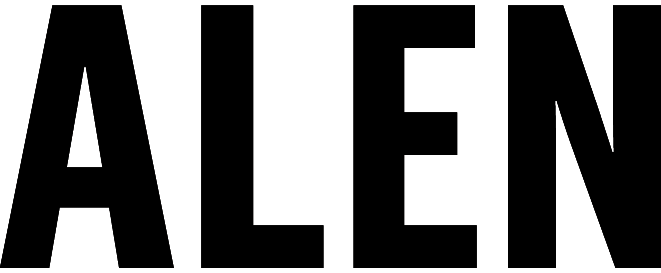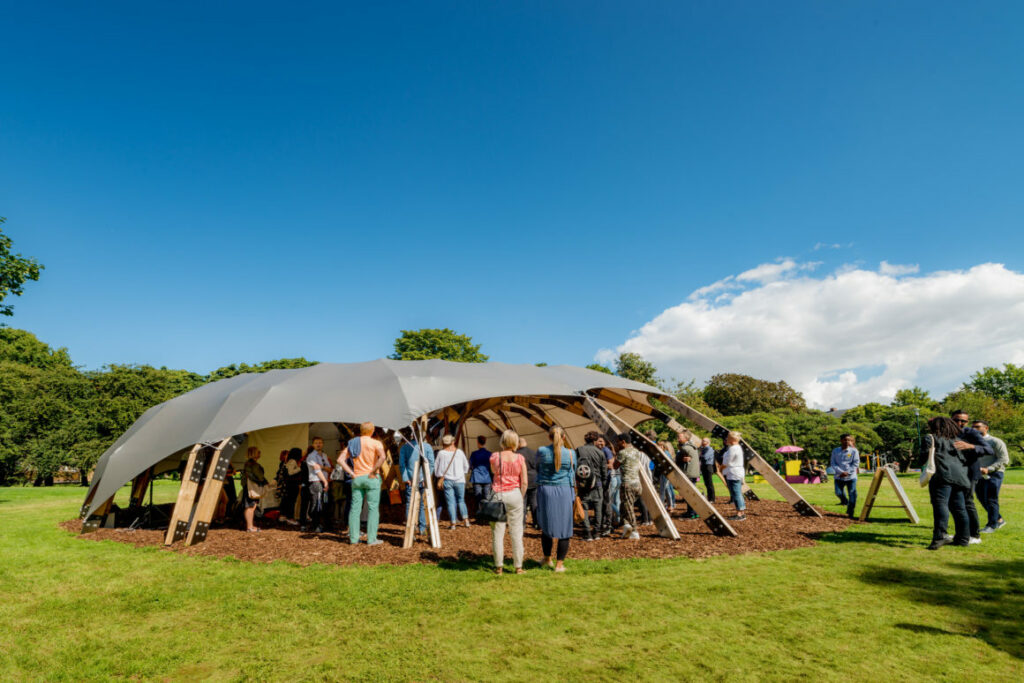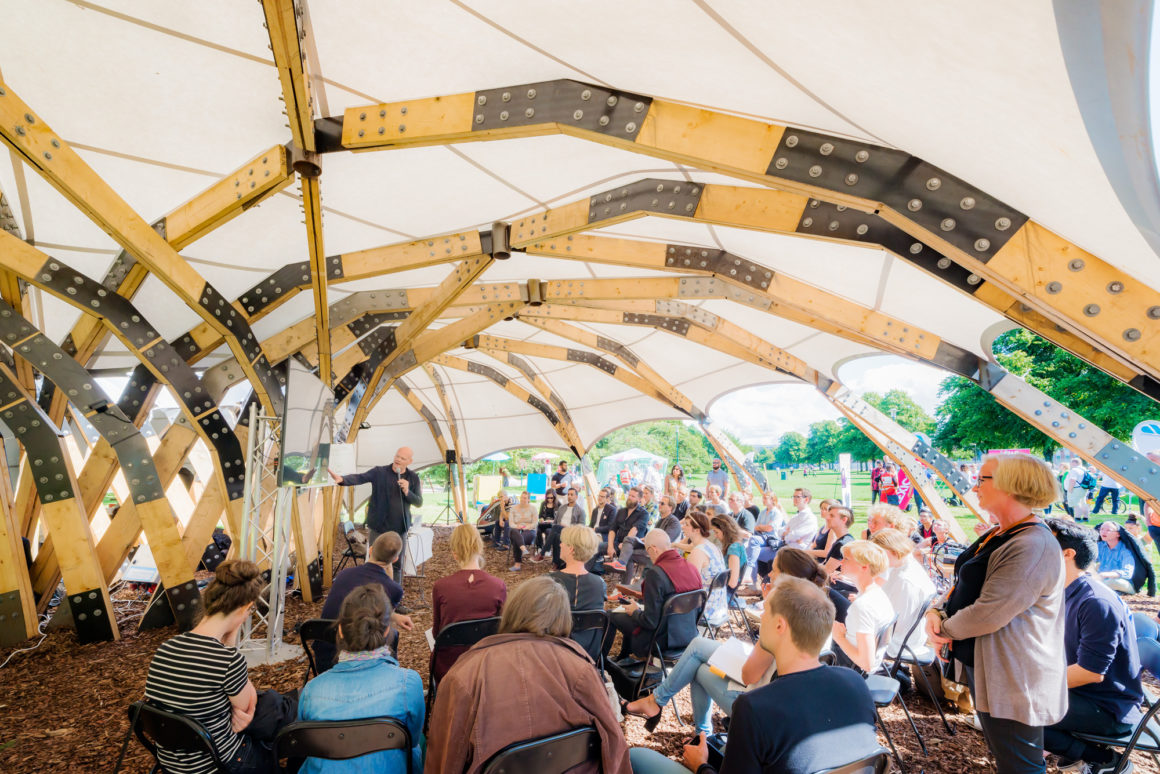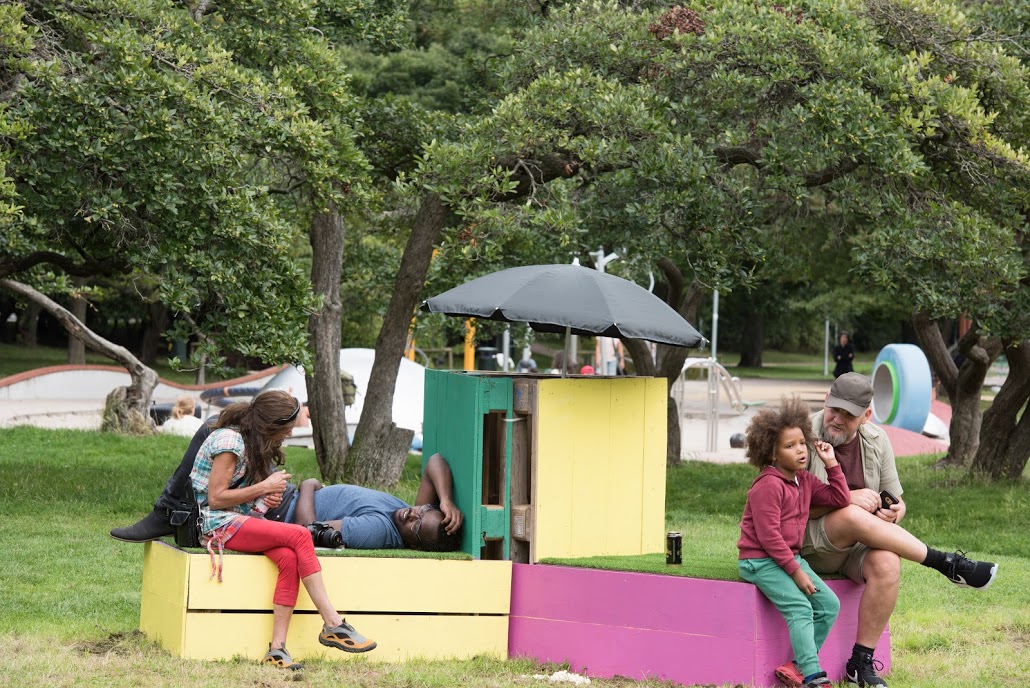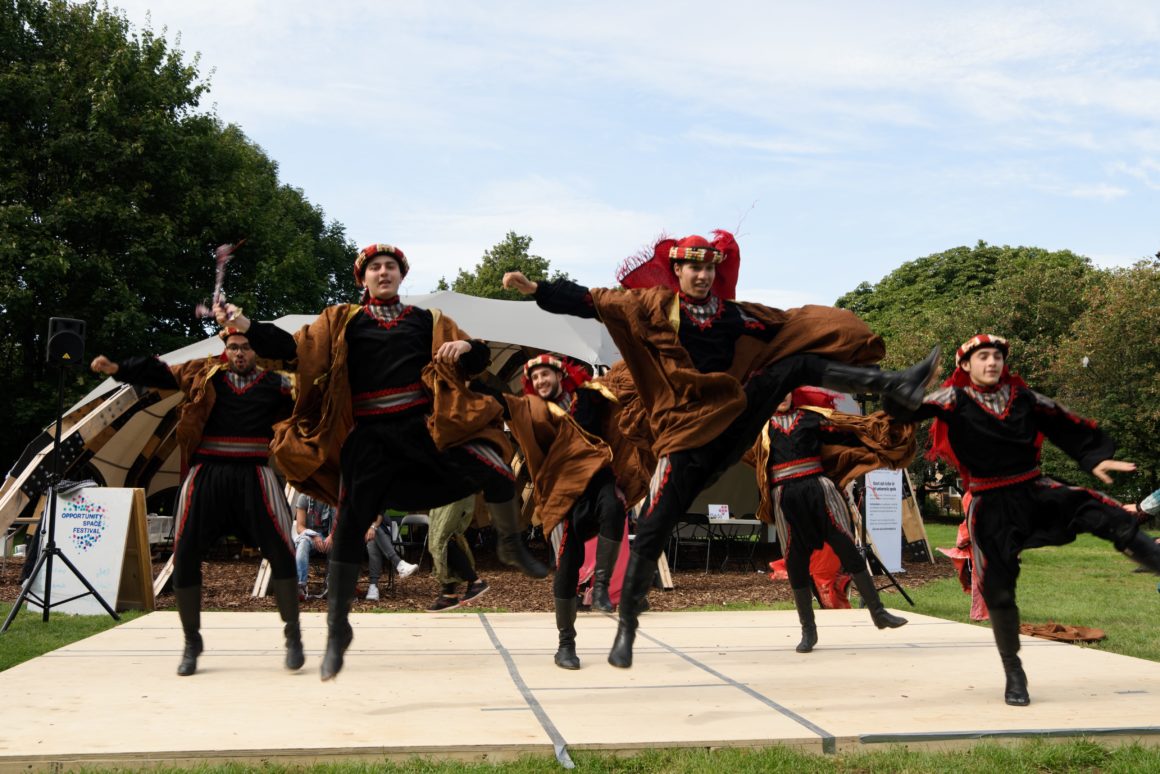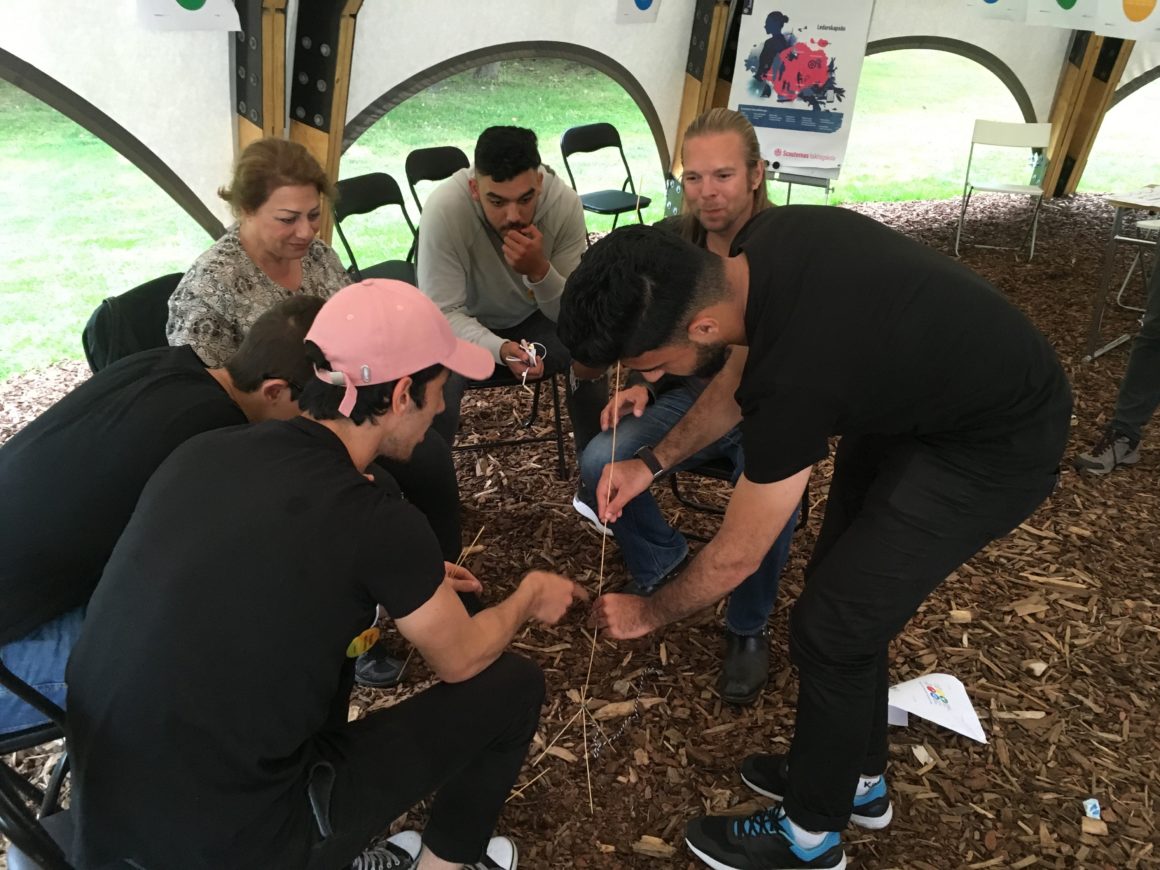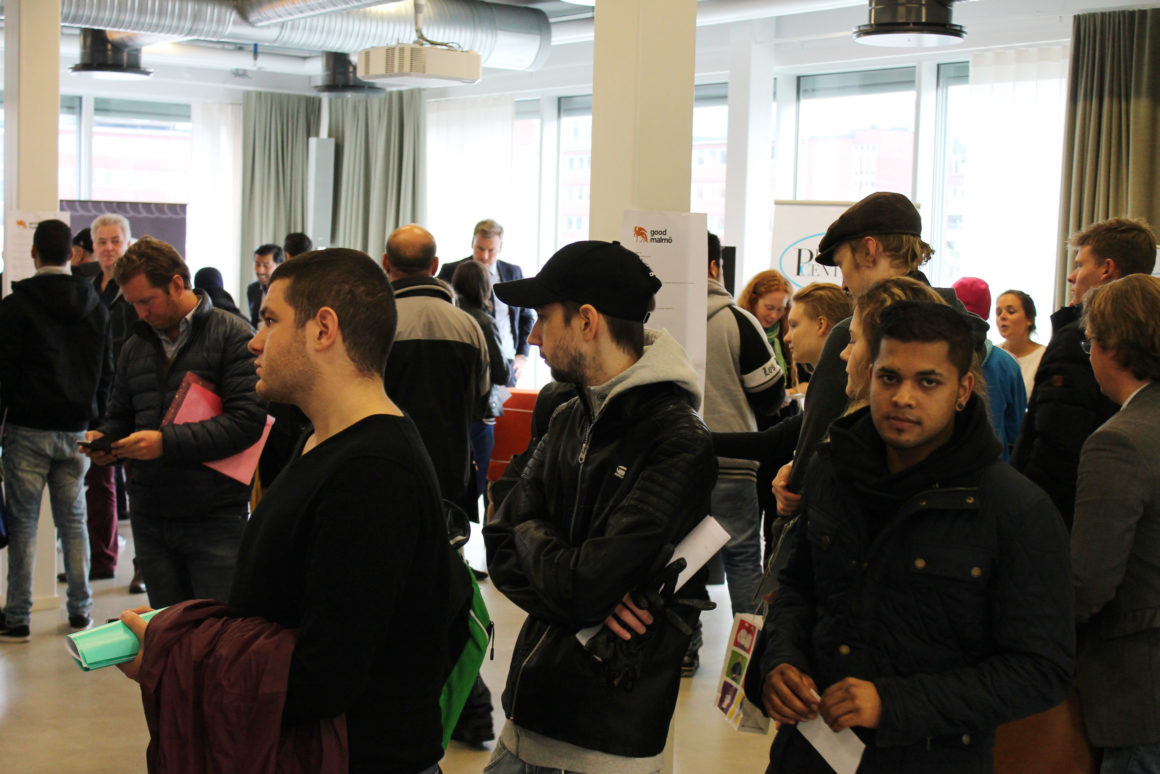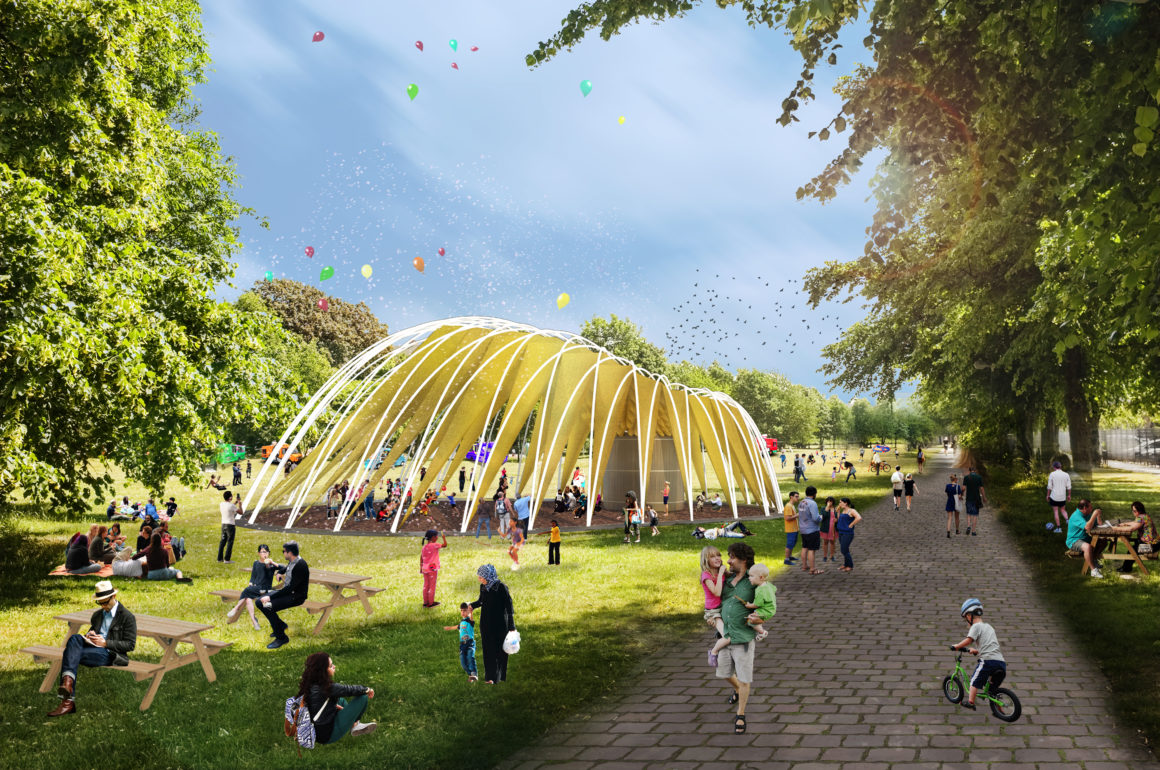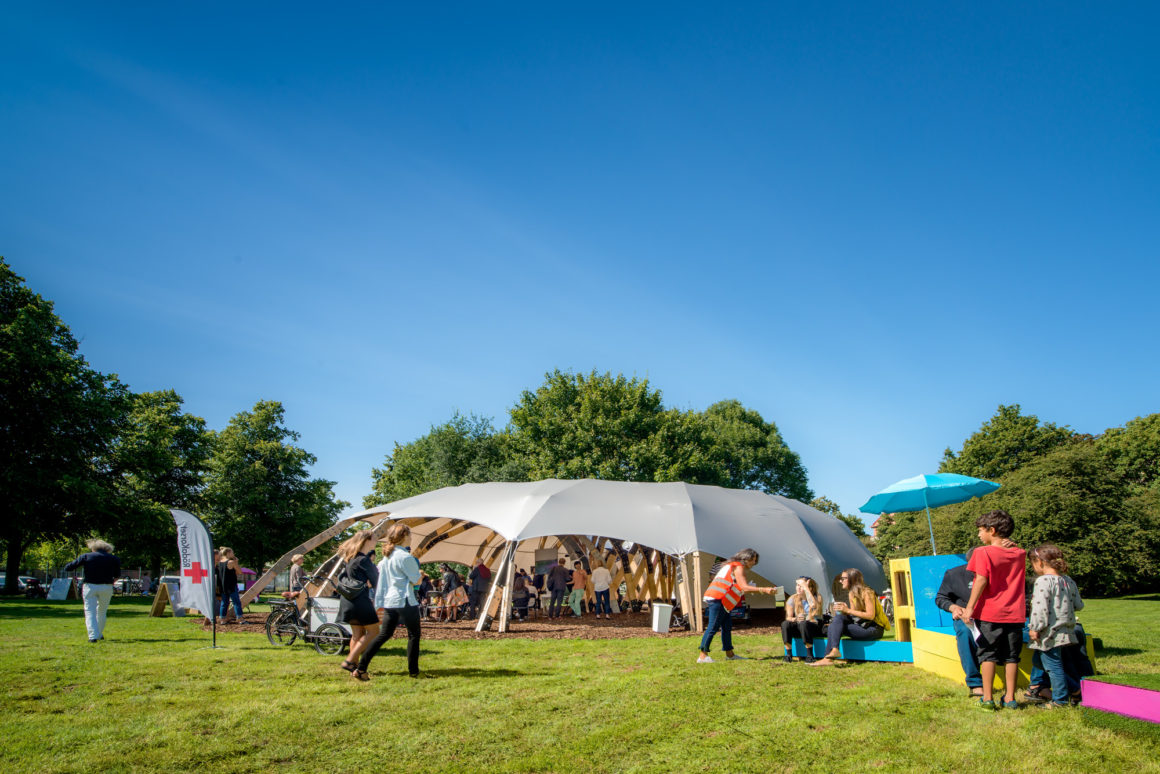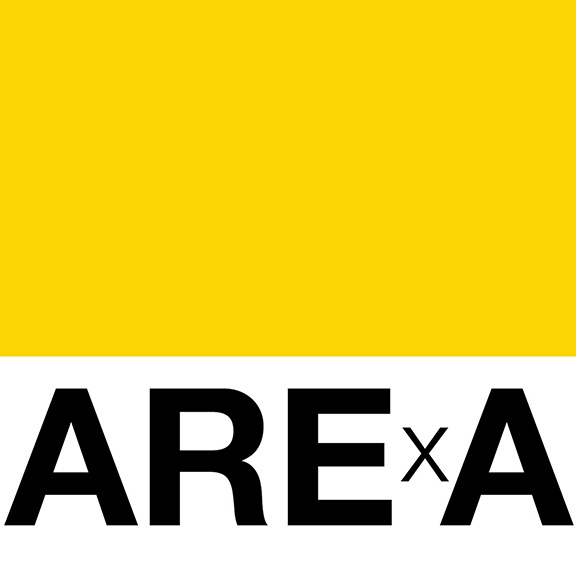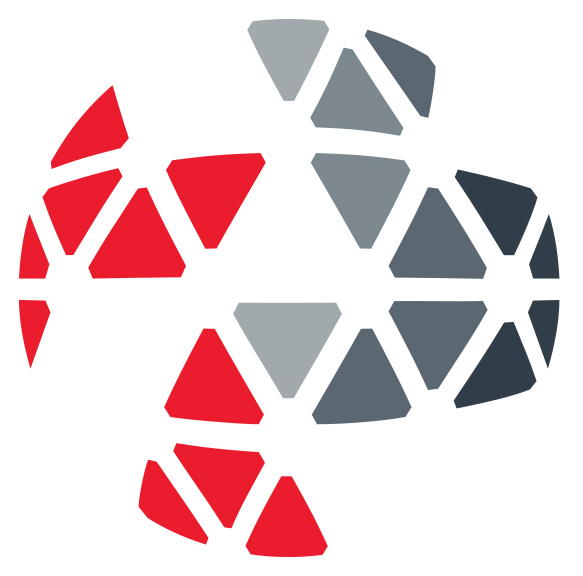Malmö was an ideal place to explore this question. A rapidly growing and diversifying gateway city to Scandinavia, Malmö was also the point of arrival for the vast majority of refugees and asylum seekers (or “new arrivals”) settling in Sweden – up to 10,000 a week in 2015. Analysts estimate that the average age at which people in Sweden find their first “real” job (one that allows them to qualify for a mortgage, for example) is 29, and that it takes new arrivals up to seven years before they are gainfully employed.
The Opportunity Space Festival, held August 22 — September 2, 2017, brought together refugees, asylum seekers, and established residents in Malmö, Sweden for twelve days of free programs to support social and economic inclusion.
